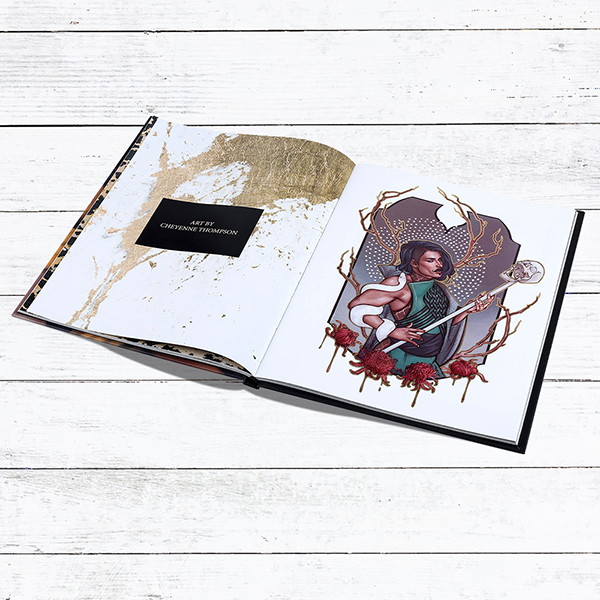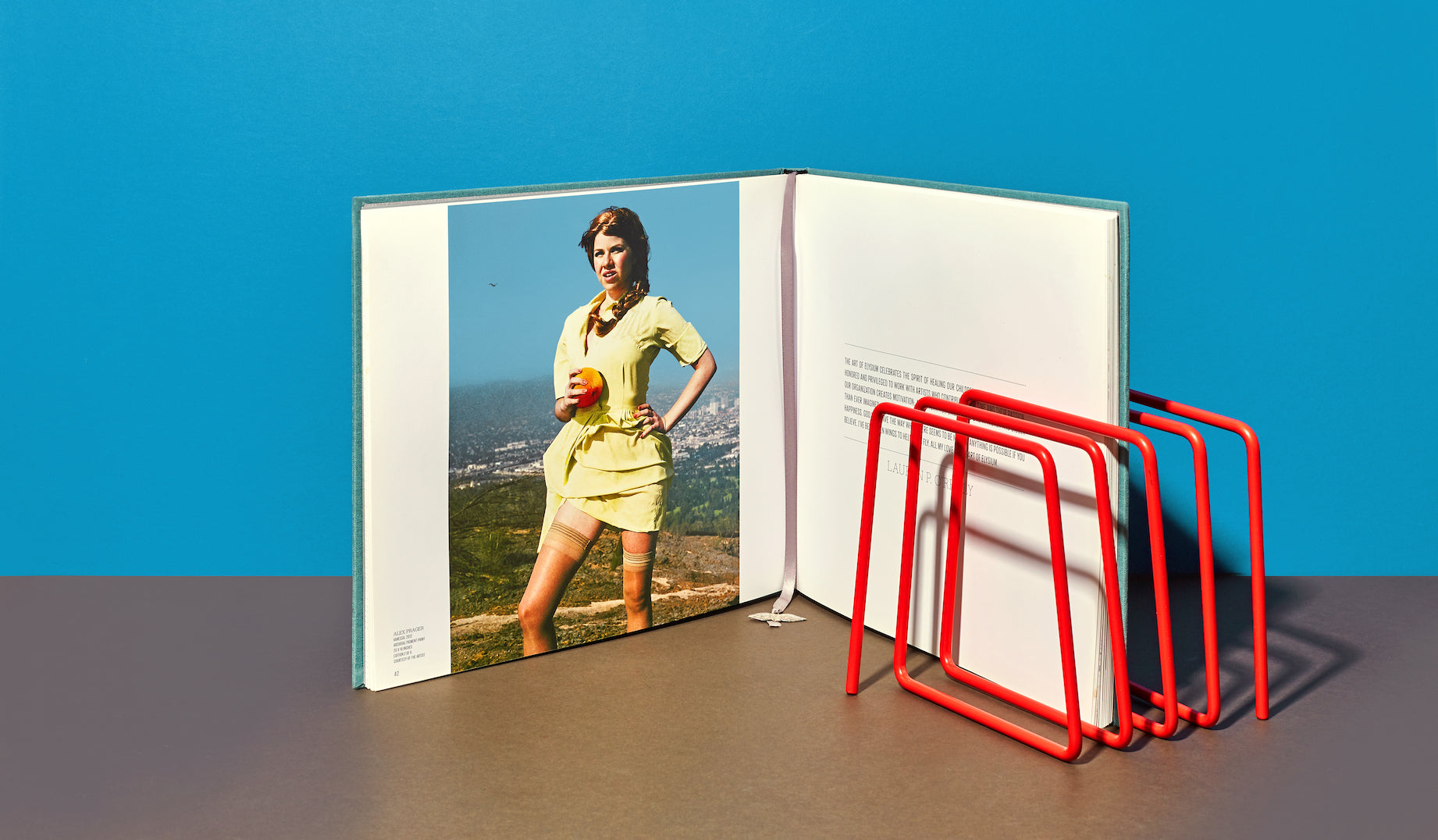Offset vs. Digital Printing: What's Best for Your art book?
Offset vs. Digital Printing: What's Best for Your art book?
Blog Article
Understanding the Refine Behind High-Quality Art Book Printing for Art Fanatics
When it involves premium art book printing, comprehending the ins and outs of the procedure can boost your appreciation for the final product. You might not understand just how necessary paper option and ink choices are to the vibrancy of artwork. Each component plays a significant role in accomplishing the wanted result. As you check out the different components of art book printing, you'll discover understandings that can transform your point of view on art conservation and presentation.
The Significance of Paper Option in Art Book Printing
When it involves art book printing, the choice of paper can make or break the end product. You desire your art work to radiate, and the best paper enhances color vibrancy and information. Take into consideration factors like weight, appearance, and coating; these aspects considerably influence how readers regard your work.
For example, a heavier stock shares high quality and sturdiness, while a textured coating can add depth to photos. Smooth paper is exceptional for thorough reproductions, enabling fine lines and subtle shades to appear crisp.
Do not ignore the paper's illumination; a brighter sheet can assist shades pop, making your art more attractive. You'll also intend to consider how the paper interacts with inks and whether it can deal with the printing procedure without warping or bleed-through. Inevitably, choosing the best paper sets the stage for your art, guaranteeing it records the audience's attention just as you pictured.
Selecting the Right Inks for Vibrant Reproductions
Selecting the right inks is equally as vital as choosing quality paper to accomplish vivid reproductions in your art book. When you're printing artwork, you desire colors that stand out and precisely represent the initial item. Select inks with a high pigment focus; these often tend to generate richer and much more saturated shades.
You may consider using archival inks, which withstand fading with time, guaranteeing your art book remains as striking as the day it was published. If you're working with photos or digitally created art, pigment-based inks can provide a wider shade gamut, enhancing detail and deepness.
Don't forget the finish! Matte and glossy inks can drastically change the appearance of your art work, so consider the look you're aiming to accomplish - art book. Ultimately, the right ink choice matches your paper selection, developing a spectacular aesthetic experience for your viewers
The Role of Color Administration in Print Quality
Color monitoring plays a crucial duty in achieving high print quality for your art book. It ensures that the shades you see on your display convert precisely to the printed web page. Without efficient shade monitoring, your vivid art work may appear plain or altered, undermining your imaginative vision.
Next, utilize color profiles tailored for your printer and paper type. These accounts lead the printer in replicating colors precisely, reducing disparities in between electronic and printed variations.
When you prepare your files, consider using a color space like Adobe RGB or CMYK, depending upon your printer's requirements. Constantly proof your job, as well; an examination print can expose any type of prospective shade issues prior to the last run. By focusing on shade administration, you secure the integrity of your art, guaranteeing your audience experiences it as you meant.

Recognizing Various Binding Methods
Accomplishing the perfect try to find your art book goes past shade administration; binding techniques also play a considerable role in its overall presentation and toughness. You have a number of choices to examine, each with its own one-of-a-kind features.
If you're intending for a specialist feeling, situation binding supplies a sturdy option with a hard cover, excellent for showcasing your art work. On the various other hand, excellent binding provides an adaptable spinal column while maintaining prices down, making it a prominent selection for softcover publications.
Spiral binding permits your art book to lay flat, which is excellent for displaying photos without blockage. Saddle sewing is perfect for smaller brochures, giving a tidy coating without the mass.
Eventually, the binding method you select should reflect your creative vision and how you want viewers to engage with your job. Make Going Here certain to consider these options thoroughly to achieve the very best end result for your task.
The Effect of Print Size and Layout on Presentation
While the choice of print dimension and format may appear additional to content, they greatly influence just how your artwork is regarded. The dimensions of your prints can either improve or lessen the influence of your items. Bigger prints can draw visitors in, enabling them to value intricate details, while smaller layouts may need even more intimate interaction.

Preservation Strategies for Resilient Art Books
To assure your art publications stand the test of time, it's necessary to carry out effective preservation techniques. Use acid-free storage space boxes or protective sleeves to secure them from dust and physical damages.
When managing your books, always clean your hands or put on cotton handwear covers to avoid oils and dust transferring onto the web pages. Stay clear of bending or wrinkling the spines; rather, make use of book supports when showing them.
For included defense, take into consideration investing in archival-quality products for any repair services or improvements. Regularly check your collection for indications of wear or damage, dealing with problems immediately. By following these easy methods, you can assure your art publications remain dynamic and obtainable for several years ahead, maintaining their beauty and value for future generations.
Collaborating With Printers for Optimal Results
When you're all set to print your art book, selecting the ideal printer is necessary to accomplishing your vision. Clear communication regarding your expectations and needs will aid ensure that both you and the printer get on the very same web page. Allow's explore how to make this cooperation as smooth and effective as feasible.
Choosing the Right Printer

Effective Interaction Approaches
Effective interaction is essential for turning your art book vision into fact, especially when collaborating with printers. art book. Begin by plainly detailing your project's goals, including style components, preferred materials, and any type of certain printing strategies. Do not hesitate to share your motivations and recommendations; this assists the printer recognize your visual
Establish regular check-ins to talk about development and attend to any kind of inquiries. Usage visuals, like mock-ups or examples, to convey your concepts better. Be open to feedback, as printers frequently have important insights that can enhance your project. Preserve a favorable connection by being respectful and satisfied of their knowledge. This partnership will certainly guarantee that your art book meets your assumptions and radiates in its final form.
Often Asked Questions
What Are Common Blunders to Prevent in Art Book Printing?
When printing your art book, avoid usual errors like poor resolution images, wrong color profiles, and disregarding web page layout. Do not fail to remember to proofread and ascertain information to confirm your last item meets your assumptions.
Exactly How Does Digital Printing Differ From Traditional Printing Approaches?
Digital printing utilizes digital data to create prints straight, permitting quicker turn-around and personalization. On the other hand, typical techniques entail physical plates, which can be lengthy and much less versatile for small runs or special designs.
What Is the Normal Turnaround Time for Art Book Printing?
The regular turnaround time for art book printing differs, but you can anticipate it to more take anywhere from a few weeks to a number of months. Factors like intricacy, amount, and printing technique all affect this timeline.
Can I Print a Restricted Version Art Book Economically?
You can publish a limited edition art book financially by selecting cost-efficient materials, enhancing print runs, and utilizing digital printing alternatives. Careful planning and budgeting will certainly help you accomplish top quality without spending too much.
What Are the Ecological Considerations in Art Book Printing?
When taking into consideration art book printing, you should consider green materials, sustainable inks, and energy-efficient procedures (art book). Picking local printers can likewise lower your carbon footprint, making your task both gorgeous and ecologically liable
Report this page